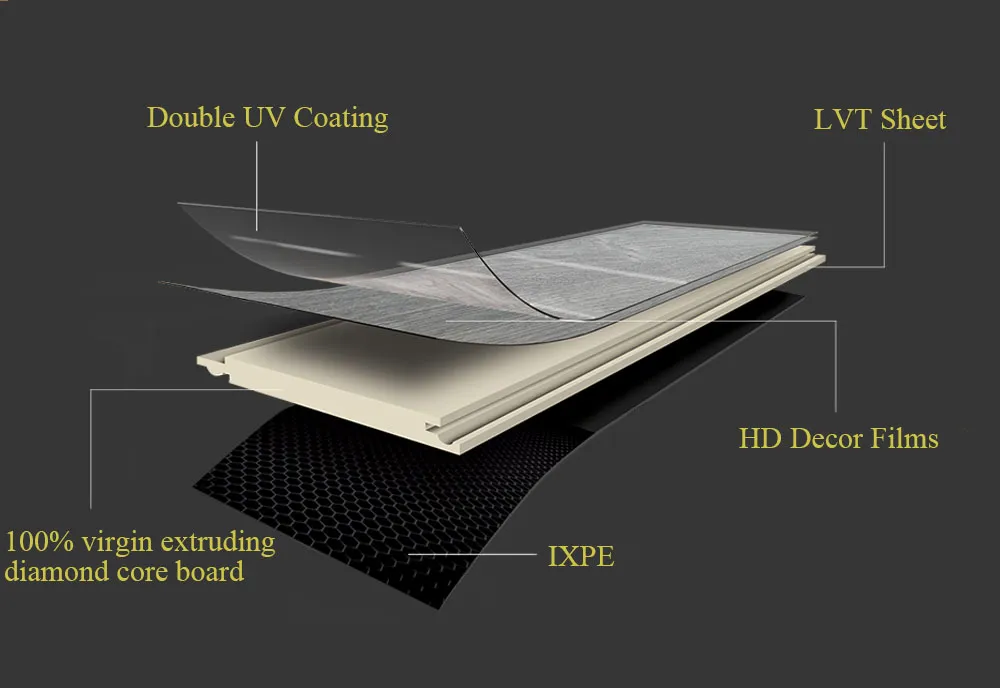Exploring the World of Vinyl Rolls for Creative Projects and Home Decor
The Versatility and Appeal of Vinyl Rolls
In the ever-evolving world of design and decoration, vinyl rolls have emerged as an indispensable tool for both professionals and DIY enthusiasts. Their versatility, durability, and aesthetic appeal make them a go-to material for a wide range of applications. This article delves into the various aspects of vinyl rolls, including their types, uses, advantages, and tips for working with them.
Understanding Vinyl Rolls
Vinyl rolls are sheets of flexible plastic that can be easily cut, shaped, and applied to a variety of surfaces. They come in various sizes, colors, and patterns, making them ideal for creative projects. Vinyl is made from polyvinyl chloride (PVC), a synthetic material that offers a diverse range of properties, including waterproofing and UV resistance. This means that vinyl rolls are not only visually appealing but also practical and long-lasting.
Types of Vinyl Rolls
Vinyl rolls can be categorized primarily into two types adhesive and non-adhesive. Adhesive vinyl is coated with a sticky backing, making it easy to apply directly to surfaces. It can be used for a variety of projects, including wall decals, custom signs, and personalized crafts. Non-adhesive vinyl, on the other hand, is often used for applications such as upholstery and fabric printing, where heat and pressure are applied to transfer the design onto the material.
Beyond adhesive and non-adhesive, vinyl rolls can also be classified into permanent and removable varieties. Permanent adhesive vinyl is designed to withstand the test of time, making it suitable for long-term applications. Removable vinyl offers the advantage of easy repositioning, making it ideal for temporary decorations or projects where changes may be desired.
Applications of Vinyl Rolls
The applications of vinyl rolls are virtually limitless. In home decor, vinyl can be used to create stunning wall murals, staircase designs, or even custom furniture coverings. Retailers often utilize vinyl for eye-catching window displays, promotional signage, and branding elements. Event planners have also taken notice of vinyl's versatility, using it for banners, tablecloths, and backdrops that can transform any space.
Additionally, vinyl rolls have made their way into the realm of fashion and personal accessories. Custom t-shirts, bags, and hats can easily be customized using adhesive vinyl designs. Personalization has become a significant trend, and vinyl allows for unique expressions that resonate with individual styles.
Advantages of Using Vinyl Rolls
vinyl roll

One of the primary advantages of vinyl rolls is their ease of use. Those who may not have formal design training can easily cut and apply vinyl to bring their creative visions to life. With the aid of a cutting machine or simple craft tools, users can create intricate designs that reflect their style or brand.
Moreover, vinyl is highly durable and resistant to wear and tear. Unlike some other materials, vinyl does not easily fade or peel, ensuring that designs remain vibrant over time—even when exposed to various weather conditions. Its waterproof nature also allows it to be used in areas where moisture can be a concern, such as kitchens and bathrooms.
Tips for Working with Vinyl Rolls
When working with vinyl rolls, preparation is key. Here are some tips to ensure a successful project
1. Clean the Surface Before applying vinyl, ensure the surface is clean, dry, and free of dust or grease. This helps enhance adhesion and longevity.
2. Use Tools Wisely Use appropriate tools, such as a cutting machine for precise designs, and a squeegee for smoothing out bubbles during application.
3. Plan Your Design Sketch or visualize the project before starting. Consider colors, sizes, and placements to avoid wasting materials.
4. Test with Small Pieces If you're unsure about a design or color, test it on a small scale. This approach minimizes potential mistakes.
5. Follow Instructions Each type of vinyl may come with its own set of instructions for application and care. Adhering to these can significantly improve results.
In conclusion, vinyl rolls are a staple in modern design, offering versatility and endless creative possibilities. Whether for professional projects or personal crafts, the unique properties of vinyl make it a valuable resource. As trends continue to evolve, the appreciation for vinyl and its applications will likely only grow, ensuring its place in the artistic toolkit of the future.
-
Waterproof Advantages of SPC Flooring Vinyl in KitchensAug.06,2025
-
SPC Hybrid Waterproof Flooring Thickness GuideAug.06,2025
-
Leveling Subfloor Before My Floor SPC InstallAug.06,2025
-
How Mesh Deck Skirting Improves Outdoor Pest ControlAug.06,2025
-
Choosing the Right Commercial Flooring for Your Business NeedsAug.06,2025
-
Choosing the Best Residential Flooring: A Comprehensive Guide to Style, Durability, and ComfortAug.06,2025




